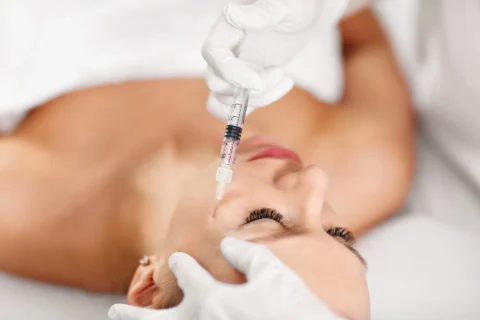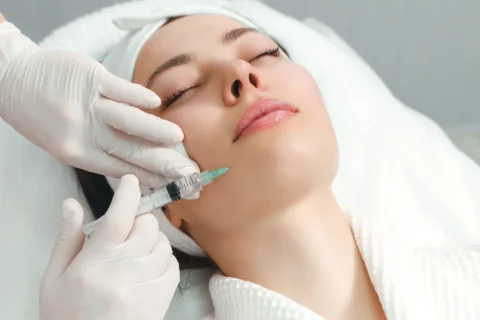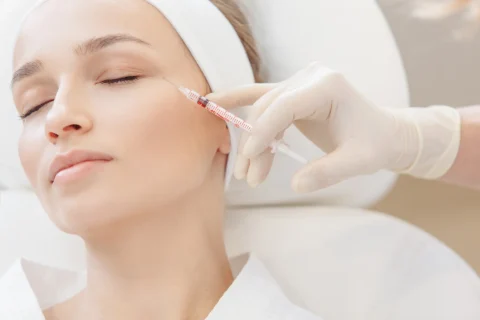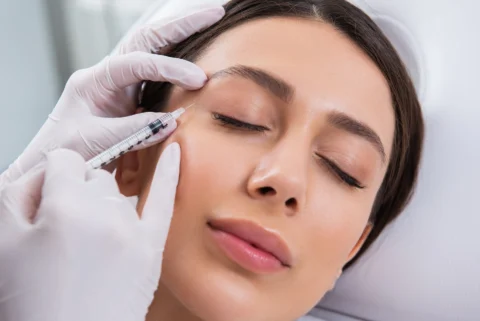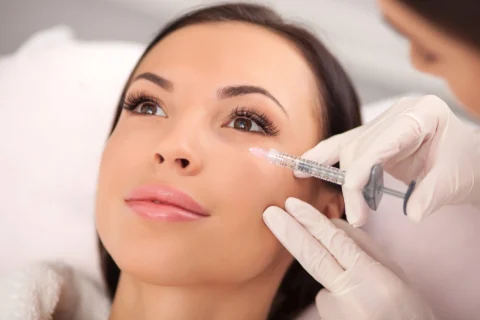Identifying High-Risk Injection Sites for Dermal Fillers
When considering dermal fillers, it’s important to weigh the risks. This guide covers what to know before getting fillers, including areas requiring caution and the importance of the person performing the procedure.
Understanding Dermal Fillers and the Importance of Injector Expertise
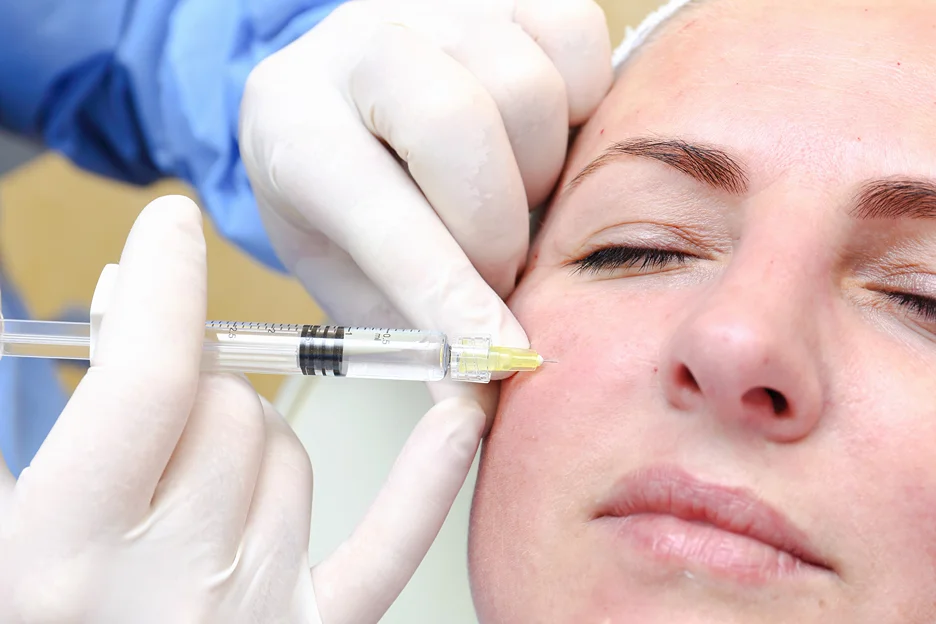
What are Dermal Fillers?
Dermal fillers are injected under the skin to smooth wrinkles and add volume. They can be used in various parts of the face, including around the eyes, cheeks, mouth, and jawline. Hyaluronic acid, a natural substance in the skin, is commonly used.
Why Does Injector Skill Matter?
The success of a filler procedure depends on the injector. A good injector understands facial anatomy and knows where to place the filler for the best results and to avoid complications.
The face has crucial blood vessels and nerves, and injecting filler in the wrong spot can lead to serious side effects. Choosing a qualified and experienced injector is crucial. They should know where to inject the filler and how to handle complications.
Risks of Dermal Fillers
Dermal filler risks include vascular occlusion, leading to skin necrosis, stroke, or blindness if the filler is injected into a blood vessel. Other risks are filler migration, infection, and allergic reactions. Severe complications are uncommon when performed by a trained professional.
Other risks are filler migration, infection, and allergic reactions. Severe complications are uncommon when performed by a trained professional.
What are the Risk Zones for Fillers?
Dermal fillers, generally safe, carry potential risks when injected into sensitive facial areas known as “danger zones.”
These zones are sensitive due to blood vessels and the potential for vascular occlusion, leading to complications like tissue necrosis or blindness.
Common danger zones include the glabellar region, temporal fossa, infraorbital region, perioral region, lips, oral commissure, nasal area, and areas with major arteries like the supratrochlear, supraorbital, infraorbital foramen, mental foramen, facial artery, and deep temporal arteries.
Glabella Region (Between Eyebrows)
The glabella region is a small space between your eyebrows, but it’s complex with a high risk for complications. The blood vessels like the supratrochlear and supraorbital arteries are close to the surface.
If filler is injected into these arteries, it can cause serious problems, including blindness. To minimize risks, injectors should use safe techniques such as aspiration to check for blood in the syringe before injecting the filler, and inject small amounts at a time.
Nose
The nose is the central feature of your face and a hub for blood vessels that connect to the eyes. Its intricate vascular network poses a risk of vascular occlusion, leading to skin necrosis or blindness.
To reduce these risks, the injector should place the filler deep enough and avoid applying too much pressure.
Temporal Region
Temples aren’t the first area you think of for fillers, but they’re gaining popularity for a lifted appearance. However, the temporal artery and its branches pose a risk. Injecting fillers into the artery can cause serious complications.
Using a cannula instead of a needle and understanding the appropriate depth for filler placement can make the procedure safer.
Nasolabial Folds
Nasolabial folds run from the sides of the nose to the corners of the mouth and are a common area for filler injections.
The facial artery travels through this region, and blocking blood flow can cause tissue damage. Knowing facial anatomy layers and using aspiration before injecting can help minimize risks.
Lips and Perioral Area
Lips, with their rich labial arteries, are a popular spot for enhancement. However, this also means there’s a higher risk of blocking blood flow with filler, leading to tissue necrosis and permanent scarring.
Injectors should use small amounts of filler and have a strong awareness of the vascular anatomy for safer practices.
What is the most painful area for fillers?
Pain during filler injections varies based on the individual and treatment area.
Thinner skin or more nerve endings, like the lips, can be more sensitive and painful. Consult a healthcare provider about pain management options.
Beyond the Major Danger Zones
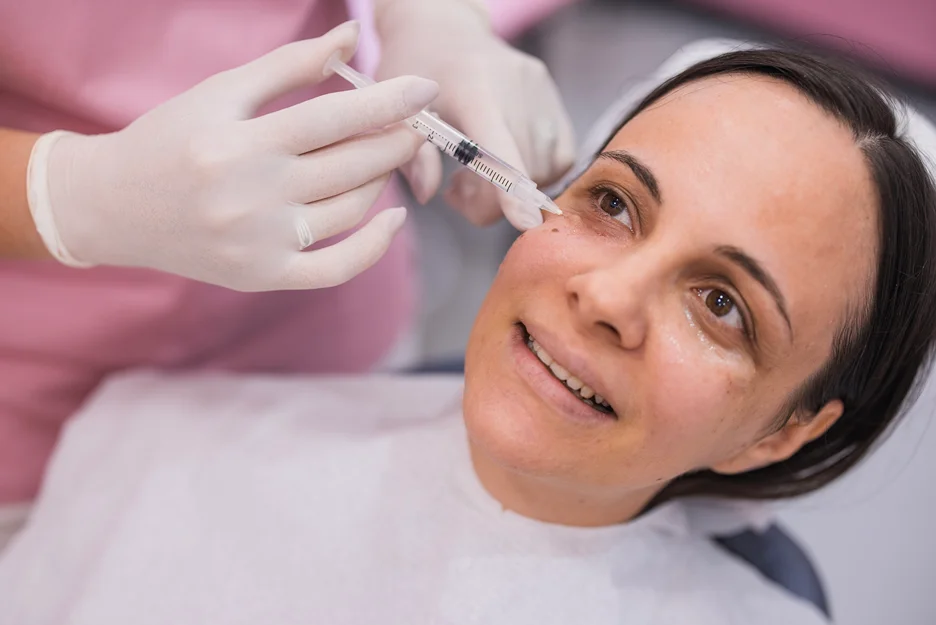
Infraorbital Area (Under Eye)
The infraorbital area is delicate, with vessels beneath the thin skin. Injecting fillers here requires careful, superficial placement to avoid complications like puffiness or the Tyndall effect, which causes a bluish hue. Precision is key for a smooth, natural-looking result.
Other Areas to Note
Though we’ve covered the main danger zones, complications can occur in other facial areas like the jawline, cheeks, and forehead.
Each area has its unique structures and risks. It’s important for your injector to understand the specific considerations for each area, despite the routine nature of the procedure.
Where should you not inject fillers?
To prevent complications when injecting fillers, areas to avoid include breast tissue, areas with previous rhinoplasty, the wet/dry lip border, the nasal ala, and regions near major blood vessels.
Practitioners should avoid deep injections and use vessel mapping to prevent hitting blood vessels.
What to Do if Complications Are Suspected
Recognize the Signs
Recognizing the signs of a complication can be lifesaving. Symptoms like blanching of the skin, severe pain, or changes in vision can indicate vascular occlusion and require immediate attention. It’s crucial to recognize these signs early and understand they represent an emergency.
Seeking Immediate Help
If you suspect a complication, contact your injector or go to the emergency room. Time is of the essence, and hyaluronidase can dissolve hyaluronic acid fillers. The sooner a complication is addressed, the better the chances of recovery.
How to Minimize Dermal Filler Risks?
Choosing a Qualified Injector
To minimize risks, choose a qualified injector. Ask about their training, certifications, and experience with managing complications. Ask how often they perform filler injections and for before-and-after photos.
Open Communication
From the start, keep an open line of communication with your injector. Discuss your health history, medications, and prior procedures. During the procedure, communicate any pain or discomfort, as it could indicate incorrect filler placement.
What happens if filler hits a vein?
If a dermal filler is injected into a vein, it can cause vascular occlusion, leading to a blockage of the blood vessel.
This can cause severe pain, skin discoloration, and a drop in skin temperature. Vascular occlusion can result in tissue necrosis and, in severe cases, vision loss if it occurs in the facial arteries supplying the eyes.
What is the safe zone for cheek fillers?
The safe zone for cheek fillers is generally one fingerbreadth above the superior border of the zygomatic arch. The injector’s finger is positioned posterior to the tail of the eyebrow to avoid the middle temporal vein. This area is safer to inject to minimize the risk of vascular complications.
Who is not suitable for fillers?
People unsuitable for fillers include those with medical conditions, allergies to filler components, or unrealistic expectations. Also, people with active skin infections or inflammation near the injection site should avoid fillers.
Those with previous surgical alterations in the area, like a rhinoplasty, may also be advised against certain filler injections.
Final Note: Understanding Risk vs. Reward
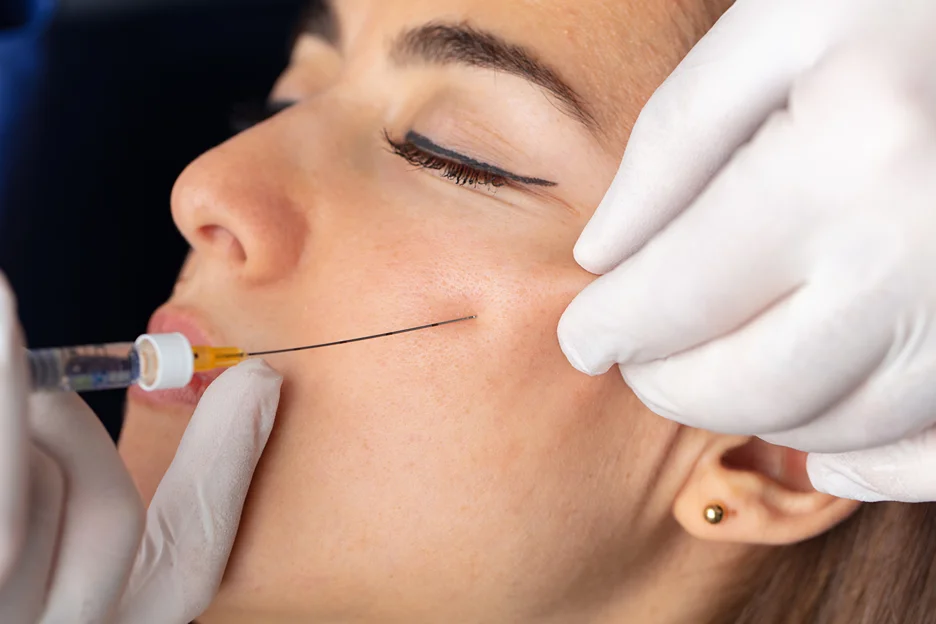
Serious complications with dermal fillers are rare when performed by a skilled injector, despite potential dangers.
This guide aims to inform you rather than deter you from pursuing fillers. Understanding the risk-reward balance is crucial in cosmetic enhancements. Complications are minimized and the rewards can be significant with the right professional.
A successful filler treatment can boost self-confidence and satisfaction with one’s appearance.
By being informed about danger zones, recognizing the importance of an injector’s expertise, and maintaining open communication, you set the stage for a positive and safe experience with dermal fillers.



